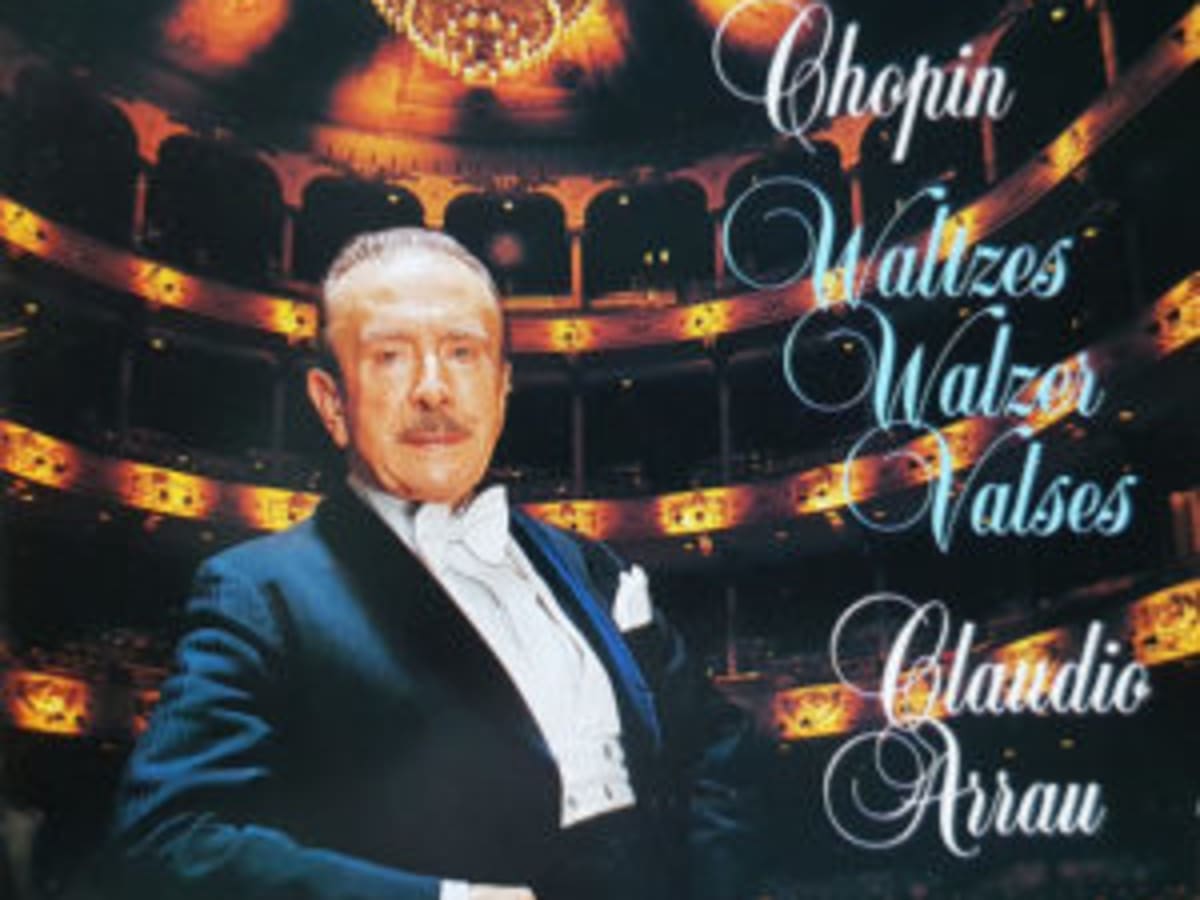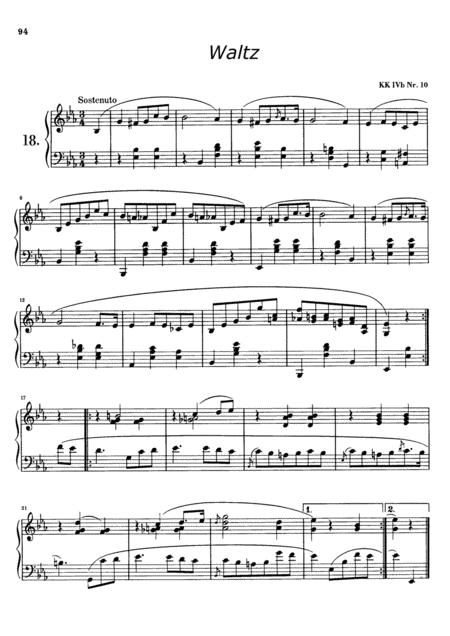
Under the brand name “Laudanum,” it provided relief for tuberculosis sufferers and concurrently became the fashion drug of Romanticism. The English doctor Thomas Sydenham speedily invented a purplish concoction mixing opium and alcohol. Opium had reached central Europe in the 17th century, first imported from India and subsequently from Turkey. To manage the agonizing effects of late-stage tuberculosis, Chopin habitually reached for opium, the one available remedy that eased his suffering and placed his mind into an exalted state of existence. The rest I shall find one of these days without their help.” As we all know, Chopin died aged 39 with the autopsy revealing an enlargement of the right heart chamber due to the heart having to pump against the resistance of the diseased lungs. “All of them agree on climate, rest and taking things easy. “…the doctors palpate around, but don’t help me…” Chopin wrote to Solange, the daughter of George Sand. Over the next 10 years, the infection was temporarily kept in check, but by 1848 things had taken a turn for the worse. At age 25, Chopin had started to cough blood as the first symptoms of the advanced disease manifested themselves. The most likely source of infection seems to have been his sister Emilia or his father, as both died from the same disease. The same goes with minimalism: Philip Glass, Steve Reich, Max Richter and many other minimalists may still be controversial for some, but not among those who exercise to their music.After Frédéric Chopin was seen by three physicians in Mallorca in 1838, he wrote, “…in the last three weeks, I was sick like a dog, three of the best known physicians of the whole island came to examine me… the first said that I was as good as dead, the second that I was dying, and the third that I shall die.” Chopin, like the rest of central Europe, had struggled his entire life with a tuberculosis infection. Hooked On Classics is one of the most frequently recommended forms of music for exercise on many classical music forums, including by ABC Classic audiences. It’s amazing how sometimes the music-you-love-to-hate all of a sudden makes sense when you start exercising to it. Try the “Flight of the Bumble Bee” by Rimsky-Korsakov, the “Sabre Dance” by Aram Khachaturian, the final minute of “In the Hall of the Mountain King” from Peer Gynt by Grieg, or the ending of Rossini’s “William Tell Overture.” Don’t knock it ‘til you’ve tried it Need something with a little more oomph to round out your workout? No problem, classical music will push you through that final sprint.

On the night before my first marathon at the Gold Coast, I’d been thinking about the 1812 Overture, and after I started the race the next day, it actually started playing on ABC Classic! I knew then that I could finish the race." - Sarah, Brisbane "I’ve always listened to ABC Classic when running.

But all running styles are different, so experiment beyond the symphonies and find the classical music running soundtrack that works for you. It just means “fast,” and happily for runners, many first movements of classical symphonies (think Beethoven, Schubert, Mendelssohn and Brahms for starters) bear that marking. Want to push up the heart-rate still further? This is where you should introduce yourself to a musical term known as Allegro. This playlist will get you up and dancing in no time. Or actually, any march!" - Cathy, Brighton



 0 kommentar(er)
0 kommentar(er)
